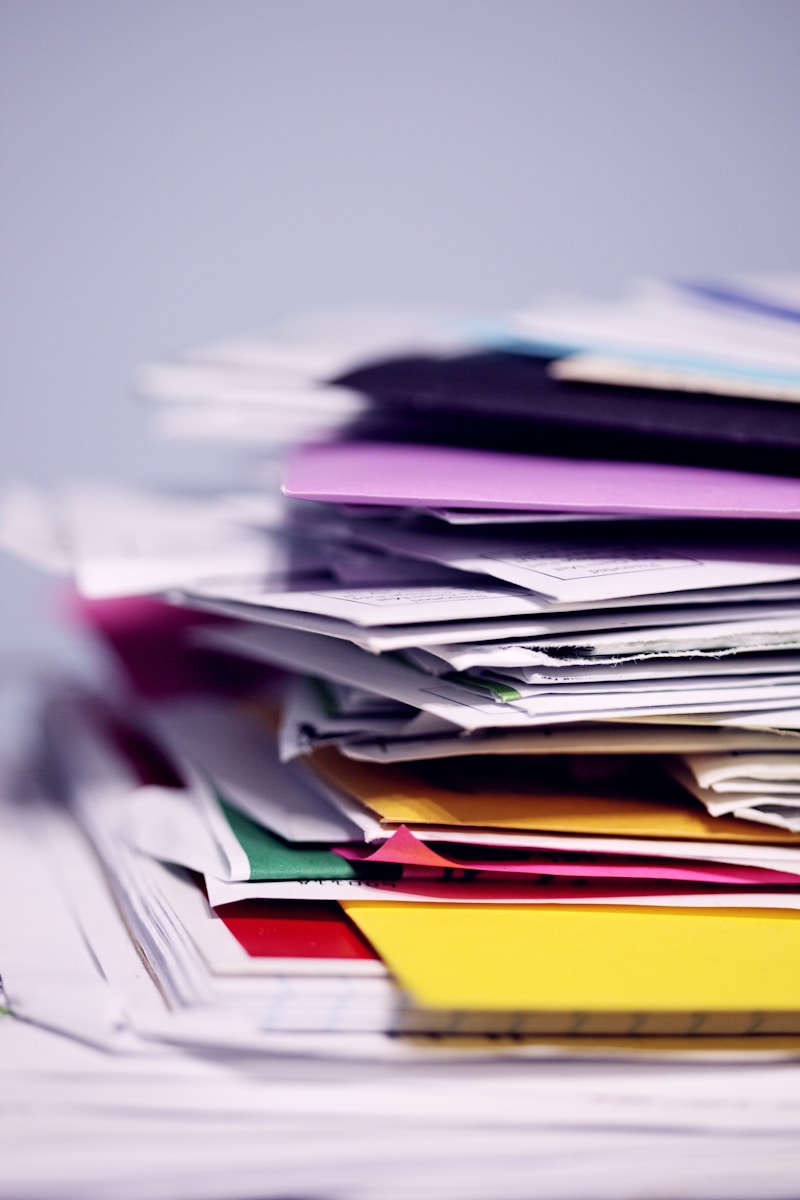Key Takeaways
- Judge Tanya Chutkan orders rapid release of Epstein files by the Justice Department.
- The order covers all DOJ correspondence on Epstein, including Trump-related emails.
- FBI guidance on reviewing the files in spring 2025 must also be disclosed.
- Democracy Forward Foundation filed the FOIA request to uncover the DOJ’s handling.
- The court aims to explain why the department reversed its position on disclosure.
The Justice Department must hand over records related to its handling of the Epstein files. Federal Judge Tanya Chutkan set a tight deadline for disclosure. As a result, the public may soon see new details about how the department managed these sensitive materials.
The Background
In early 2025, Democracy Forward Foundation used the Freedom of Information Act to seek documents on Jeffrey Epstein’s case. Specifically, they wanted to know what guidance the DOJ gave its staff and why it changed its stance on releasing these records. Until now, the department resisted, citing privacy and law enforcement concerns. However, between February and July 2025, the DOJ reversed itself and agreed to more disclosure. Judge Chutkan’s order forces a clear explanation of that shift.
Understanding the Epstein Files Order
Judge Chutkan’s fifteen-page order demands every piece of correspondence about the Epstein files. It explicitly includes “records reflecting all correspondence between Donald J. Trump and Jeffrey Epstein.” Moreover, it requires FBI directives given to agents who reviewed the files in spring 2025. The judge noted that these internal rules help explain why the department changed its position on disclosure.
By targeting the Epstein files, the court aims to:
- Reveal why DOJ leaders altered their approach to public release.
- Show whether outside influence played a role.
- Ensure full transparency under the FOIA.
Why the Epstein Files Matter
The term Epstein files refers to the full set of case documents on Jeffrey Epstein’s alleged crimes. These papers can include evidence, witness interviews, and internal memos. More importantly, any direct communications between powerful figures and Epstein can carry huge public interest. For example, the order’s demand for Trump-related correspondence could spark fresh debates about influence and accountability. Furthermore, seeing FBI guidance will clarify how agents decided which records to hide or share. Overall, the Epstein files promise new insights into a high-profile criminal network.
What Comes Next
First, the DOJ must gather all requested records. Then, it will conduct a quick review to remove any truly exempt material, such as personal privacy details. However, Judge Chutkan stressed “expedited” handling, leaving little room for delay. Once cleared, the documents go to the Democracy Forward Foundation’s legal team. From there, journalists will comb through them for major stories. If the DOJ fails to meet the deadline, the court could impose fines or even contempt proceedings.
Implications and Reactions
Legal experts praise this order as a win for public access to government records. FOIA exists to keep agencies accountable, and the court’s swift action underlines that purpose. On the flip side, some worry that releasing sensitive files could endanger witness privacy. The judge, however, believes redactions will protect individuals. Politically, the decision could reignite discussions about the former president’s associations. Lawmakers and watchdogs may use the new information to push for stronger disclosure laws.
Lessons on Transparency
This case highlights key steps for transparency:
- Nonprofits and individuals can use FOIA to challenge secrecy.
- Courts have real power to enforce disclosure and set firm timelines.
- Timely release prevents documents from lingering in limbo.
- Revealing internal guidance sheds light on government decision-making.
As a result, the public not only learns what was hidden but also how and why it stayed hidden.
How to Stay Updated
To follow the developing story:
- Watch for official DOJ and court announcements.
- Read coverage from reputable news outlets.
- Monitor statements from the Democracy Forward Foundation.
By staying tuned, citizens can track whether the DOJ meets the court’s deadlines and learn any significant revelations in the Epstein files.
What to Expect Next
Once the records reach the nonprofit, legal experts and reporters will analyze each page. Newly disclosed emails or memos could trigger fresh investigations or congressional inquiries. Moreover, this ruling may serve as a model for future FOIA battles involving high-profile cases. As a result, agencies nationwide might face more pressure to process public records quickly.
Conclusion
Judge Tanya Chutkan’s order forces the Justice Department to release the Epstein files without delay. It covers correspondence, FBI guidance, and specifically includes Trump-related communications. The decision underscores the power of FOIA and the courts’ role in maintaining transparency. Now, all eyes are on the DOJ to comply. If it falls short, the judge can impose penalties. Meanwhile, the public waits for new details that could reshape our understanding of power and justice.
Frequently Asked Questions
Why did the judge demand expedited release of the Epstein files?
The judge wants quick access to explain why the DOJ changed its disclosure position and to uphold public trust.
What exactly counts as the Epstein files in this order?
They include emails, memos, internal notes, witness statements, and FBI guidance related to Epstein’s case.
Could releasing these files harm privacy or ongoing cases?
The court expects redactions to protect sensitive details and believes the public interest outweighs delay concerns.
What happens if the DOJ misses the court deadline?
The department could face contempt charges, fines, or other court-ordered penalties.

